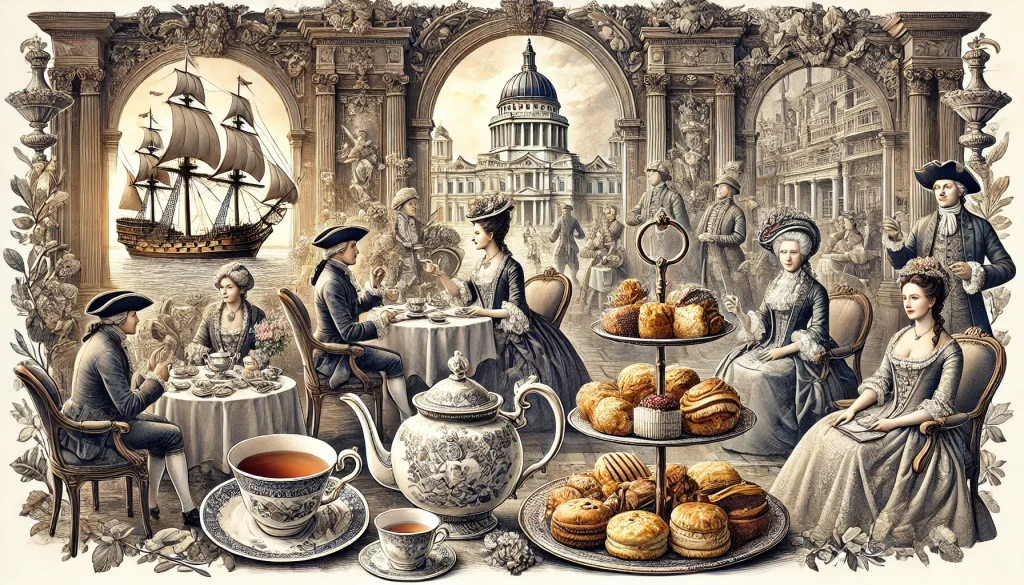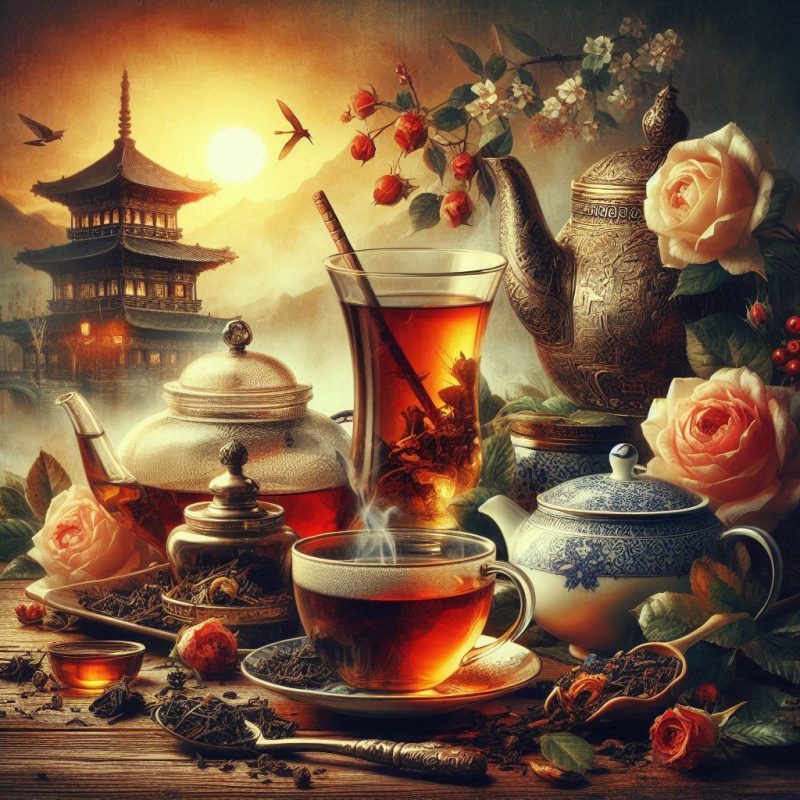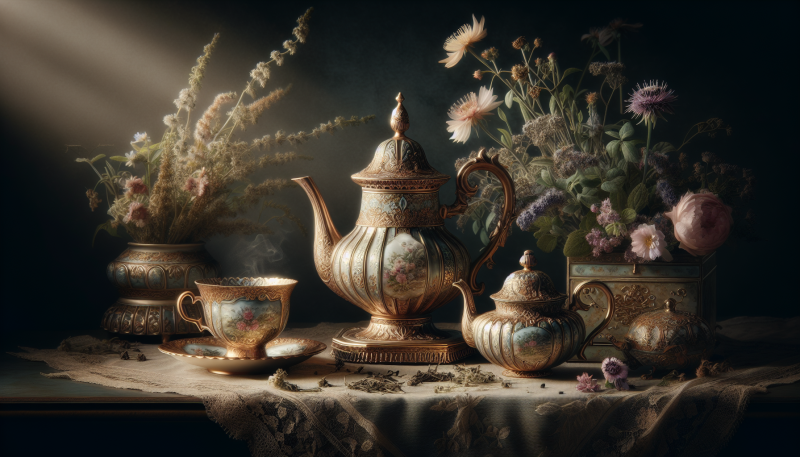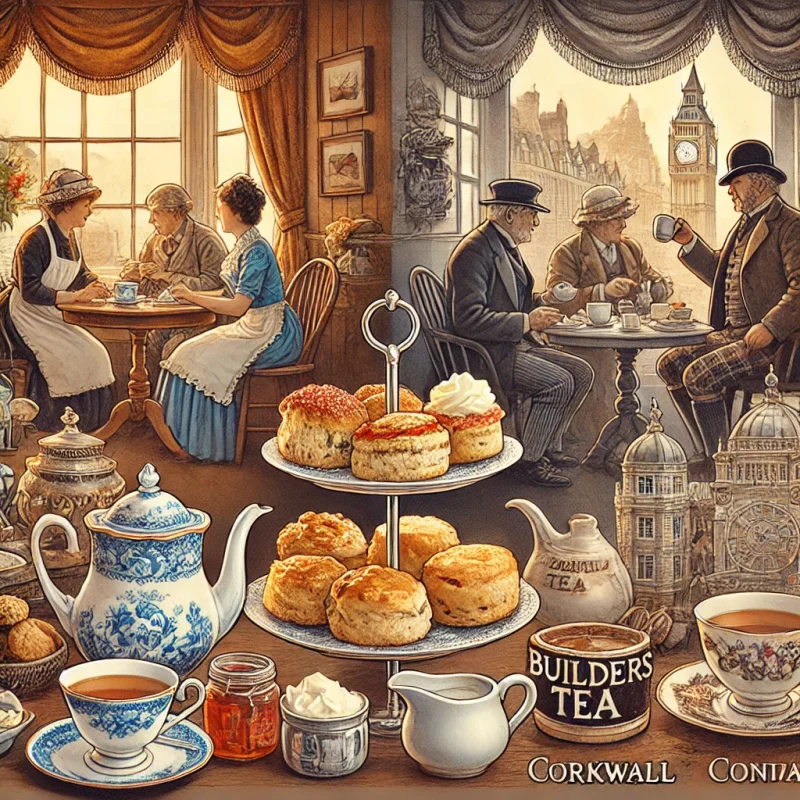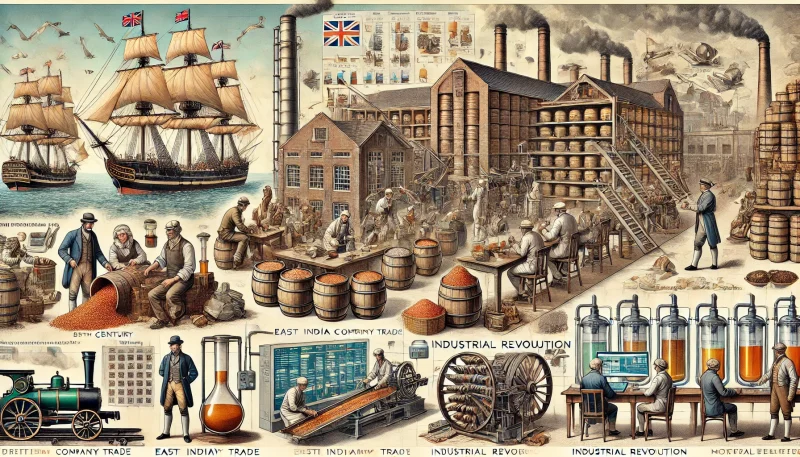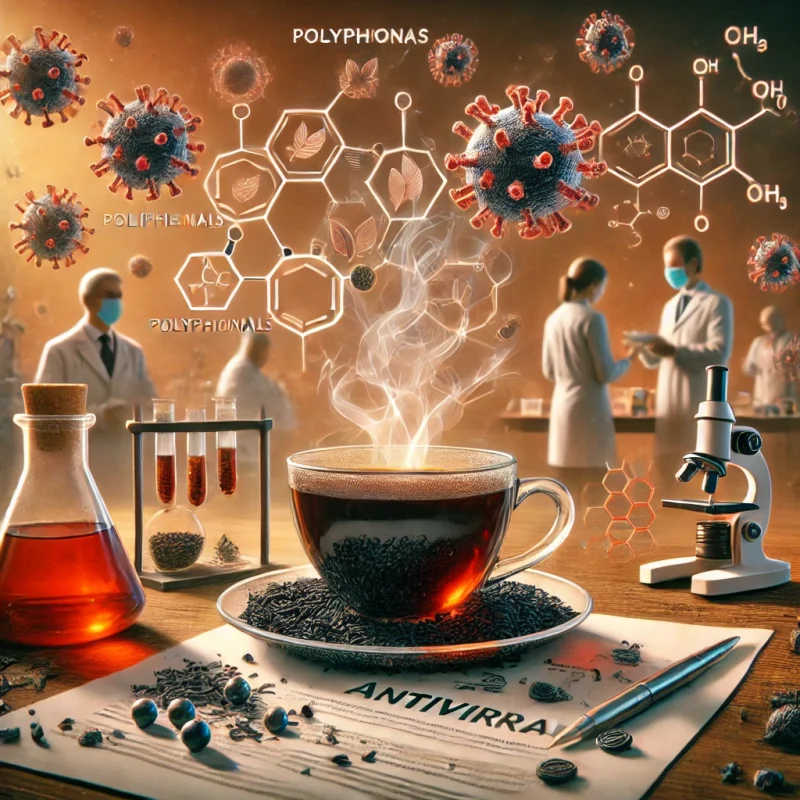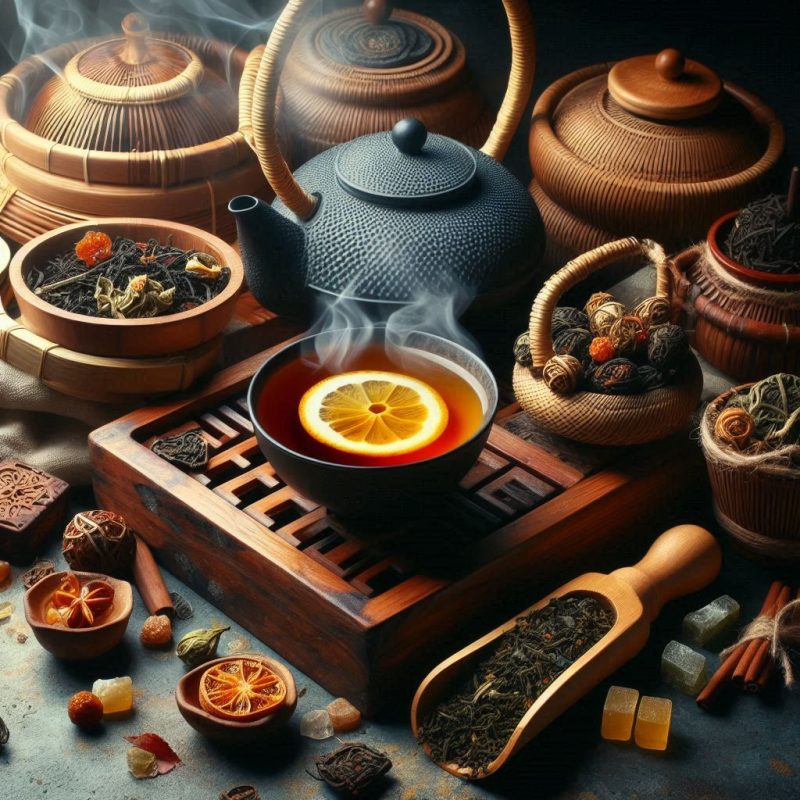ASHBYS: The Journey of a British Tea Brand
Founded in 1850, the London-based tea brand “ASHBYS OF LONDON” emerged against the backdrop of the Victorian era’s Industrial Revolution and the expansion of the British Empire. Established by James Ashby, this brand has supported British tea culture for over 170 years through innovative tea blending techniques and rigorous quality control. This article provides a detailed analysis of its evolution from the heyday of colonial trade to modern global expansion, focusing on both technological advancements and market strategies.
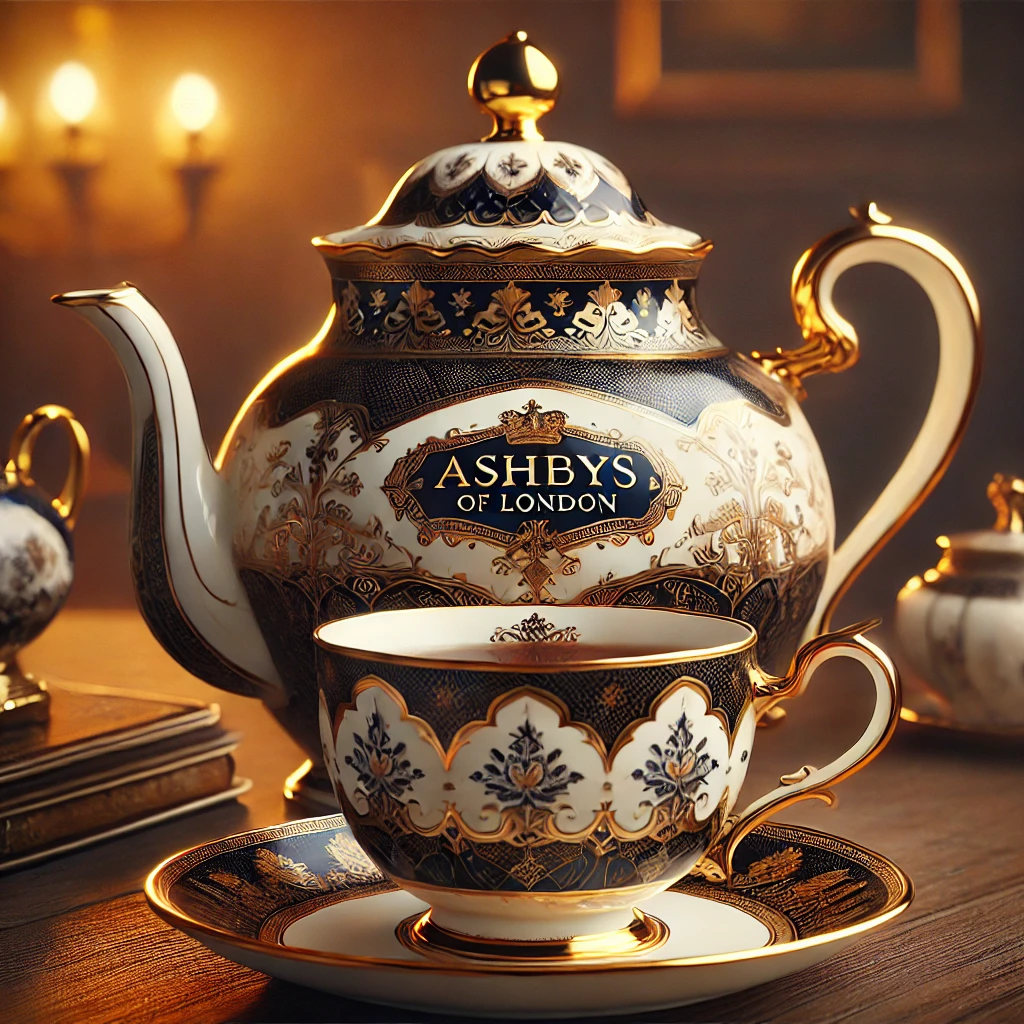
Founding and Early Development in the Victorian Era
Industrial Revolution and Rising Tea Demand
At the time of its founding in 1850, Britain was experiencing a dramatic improvement in logistics due to the development of railway networks and the spread of steam engines, with tea becoming widely popular among the middle class. James Ashby began developing unique blends combining teas from India, Sri Lanka, and China in a small London workshop. According to technical records of the time, he established a “three-stage fermentation control method” that adjusted the oxidation level of tea leaves to 0.1% precision, achieving unprecedented complex flavors.
Path to Royal Warrant
At the 1862 London International Exhibition, the Colonial Noon Blend won a bronze medal. This award led to its adoption at Buckingham Palace tea parties, establishing its status in high society. Notably, production records show monthly shipments of 300 pounds (about 136kg) as a “special blend for the royal family.”
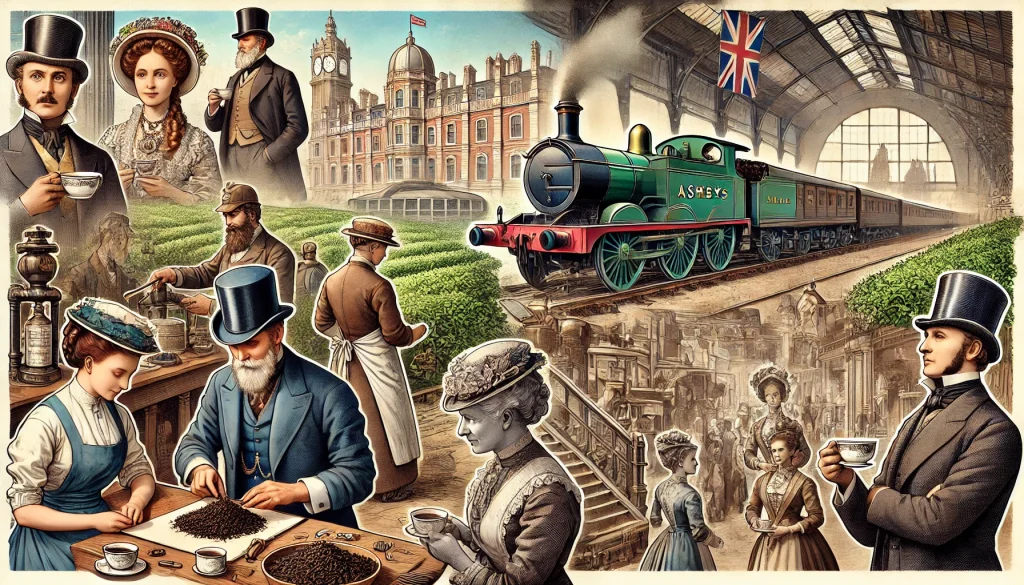
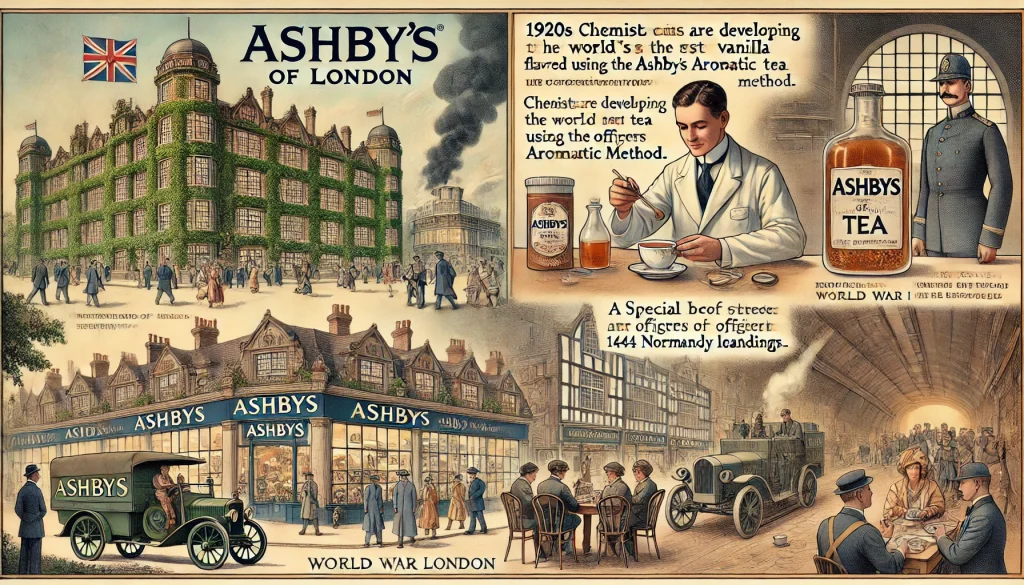
20th Century Technological Innovation and International Expansion
Pioneering Flavored Tea Development
In the 1920s, with advances in flavor extraction technology, ASHBYS commercialized the world’s first vanilla-flavored tea. Unlike the traditional addition of bergamot, they developed and patented the “ASHBYS Aromatic Method,” which infused tea leaves with distilled natural herb liquids. Sales records from 1935 show weekly sales of 500 cases (about 1.2 tons) in London alone.
Quality Maintenance Strategy During Wartime
During World War II rationing, ASHBYS supplied tea for officers under contract with the Ministry of Supply. They used underground storage facilities maintained at 65% humidity and 15°C temperature to keep quality degradation below 2% until after the war. Records show that a special blend was supplied to the front lines during the 1944 Normandy landings.
Redefining the Brand in the Modern Era
Sustainability Initiatives
In 2015, ASHBYS launched the “Ethical Tea Initiative.” They introduced an irrigation system with 98% rainwater utilization rate in their contracted plantations in Sri Lanka, reducing CO2 emissions by 40%. By 2023, they reduced aluminum usage in packaging by 30% and completed the switch to biodegradable materials.
Integration with Digital Technology
In 2024, ASHBYS introduced “Virtual Tea Tasting” using AR (Augmented Reality). They patented a system that analyzes tea leaf aroma components via smartphone app and suggests optimal blends, a first in the tea industry. User satisfaction during the beta test period recorded 89 points.
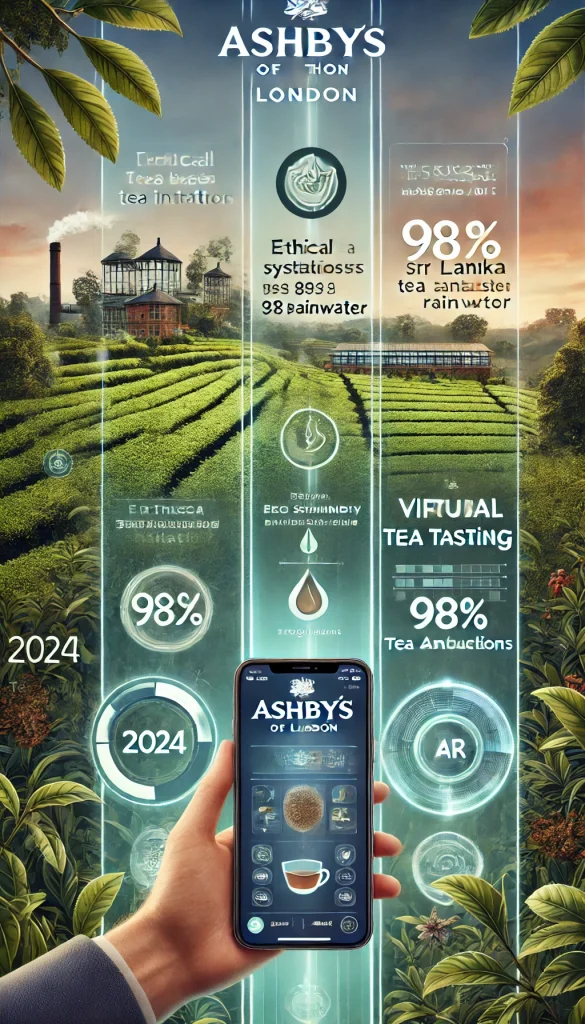
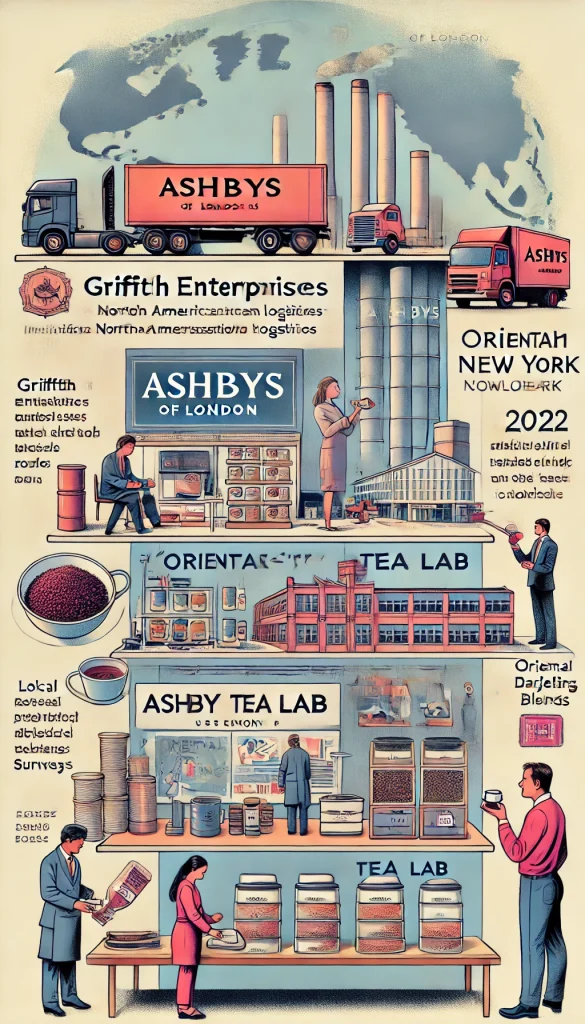
Restructuring the Global Supply Chain
Changing Role of U.S. Subsidiary
Griffith Enterprises, established in Colorado in 1997, oversees the North American market. They expanded local sourcing from direct imports from Britain to 60%, reducing transportation costs by 22%. With the opening of the New York branch in 2022, they launched a custom blend order service.
Strategy for the Chinese Market
In 2021, ASHBYS established the “ASHBYS Tea Lab” in Shanghai. They developed “Oriental Darjeeling,” an oolong-based blend, achieving an 87% preference rate in local consumer surveys. As of 2024, the Chinese market accounts for 18% of total sales.
